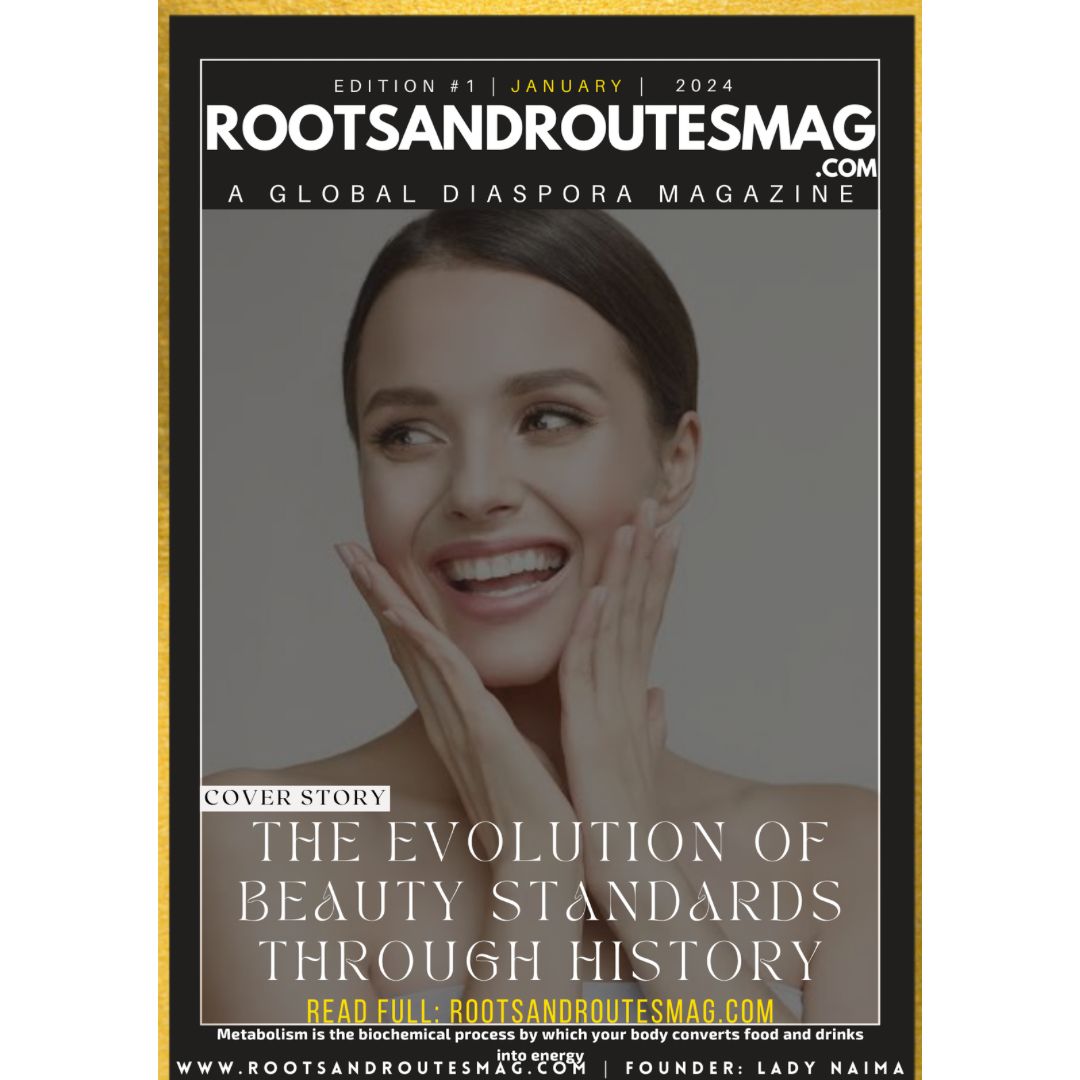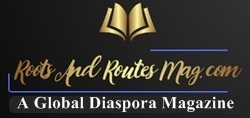The Evolution of Beauty Standards Through History

Beauty, a concept as subjective as it is elusive, has been a driving force shaping societies, cultures, and individual perceptions throughout history. From ancient civilizations to modern times, the evolution of beauty standards reflects the dynamic interplay of cultural, social, and historical influences. In this article, we embark on a journey through time to explore how ideals of beauty have evolved across different epochs and civilizations, shedding light on the diverse and ever-changing perceptions of beauty throughout human history.
Ancient Civilizations: Symbols of Divine Proportions
In ancient civilizations such as Egypt, Mesopotamia, and Greece, beauty was often associated with divine proportions and mythical symbolism. In Egypt, intricate hairstyles, elaborate cosmetics, and adorned garments were symbols of status and beauty, reflecting ideals of symmetry, harmony, and regal allure. In Mesopotamia, beauty was epitomized by smooth, youthful skin, vibrant textiles, and ornate jewelry, symbolizing wealth, fertility, and prosperity. In ancient Greece, the pursuit of beauty was intertwined with philosophical ideals of balance, proportion, and aesthetic perfection, as evidenced by the sculpted forms of gods and goddesses immortalized in marble.
Medieval Europe: Piety, Purity, and Courtly Romance
During the Middle Ages, beauty standards in Europe were heavily influenced by religious piety, feudal hierarchy, and courtly romance. Pale skin, rosy cheeks, and delicate features were prized as signs of purity, modesty, and aristocratic refinement. Women adorned themselves with ornate headdresses, embroidered garments, and intricate hairstyles, while men aspired to chivalrous ideals of strength, honor, and gallantry. Beauty was often depicted in religious art as a reflection of divine grace and spiritual transcendence, shaping perceptions of virtue and aesthetic ideals in medieval society.
Renaissance: Rebirth of Classical Beauty
The Renaissance witnessed a resurgence of classical ideals of beauty inspired by the art, literature, and philosophy of ancient Greece and Rome. Artists such as Leonardo da Vinci, Michelangelo, and Botticelli celebrated the human form in all its splendor, capturing the idealized proportions, grace, and naturalism of the human body. Beauty was revered as a manifestation of divine creation, intellect, and virtuosity, as exemplified by the ethereal beauty of Renaissance muses and mythological figures immortalized in masterpieces of art and literature.
Victorian Era: Virtue, Elegance, and Etiquette
In the Victorian era, beauty standards were shaped by notions of morality, etiquette, and social refinement. Women adorned themselves with corsets, crinolines, and bustles to achieve the idealized hourglass silhouette, epitomizing notions of femininity, modesty, and domestic virtue. Men aspired to ideals of masculinity characterized by strength, stoicism, and gentlemanly conduct. Beauty was often equated with moral character and social status, as reflected in Victorian literature, fashion, and social conventions.
Twentieth Century: Diversity, Rebellion, and Revolution
The twentieth century witnessed a paradigm shift in beauty standards, marked by cultural diversity, social rebellion, and revolutionary movements challenging traditional norms. The emergence of mass media, globalization, and consumer culture transformed beauty ideals, ushering in new standards of glamour, youthfulness, and individual expression. From the flapper culture of the 1920s to the countercultural movements of the 1960s and 70s, beauty became a symbol of liberation, self-expression, and social change, embracing diversity and challenging conventional notions of beauty.
Twenty-First Century: Empowerment, Inclusivity, and Self-Expression
In the twenty-first century, beauty standards continue to evolve in response to changing social dynamics, technological advancements, and shifting cultural landscapes. The rise of social media, body positivity movements, and inclusive representation have challenged traditional beauty ideals, celebrating diversity, authenticity, and self-acceptance. Beauty is no longer confined to narrow standards of age, gender, or ethnicity but embraces a spectrum of identities, experiences, and expressions. Empowerment, inclusivity, and self-expression are driving forces shaping the future of beauty, inviting individuals to embrace their unique beauty and redefine societal norms in their own terms.
Conclusion: A Tapestry of Beauty Across Time
In conclusion, the evolution of beauty standards throughout history reflects the rich tapestry of human experiences, aspirations, and cultural values that have shaped societies and individuals across epochs and civilizations. From ancient symbols of divine proportion to modern expressions of empowerment and self-expression, beauty has transcended time, geography, and ideology, leaving an indelible mark on the collective consciousness of humanity. As we navigate the complexities of beauty in the twenty-first century, let us celebrate the diversity, resilience, and inherent beauty of the human spirit, embracing the beauty within ourselves and each other with grace, empathy, and appreciation for the timeless journey of beauty through history.

Tariq Riaz is a passionate web developer and content generation expert.









